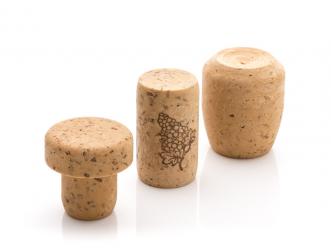Pétrus – An Unofficial First Growth of Bordeaux's Right Bank
When considering the unofficial lists of “First Growths of the Right Bank” in Bordeaux, Chateau Pétrus must be included. Pétrus is located in the tiny commune of Pomerol on the right bank of the Gironde River. The wines of Pomerol have never been classified, but there is no doubt that Pétrus is in the highest echelon of wines produced there. It is also one of the most expensive wines sold anywhere in the world. While the name of the estate is Chateau Pétrus, there is no grand Chateau on the premises. There is a modest two story house on the property. Perhaps because of that, or perhaps just due to its reputation, the wines are often just referred to as Pétrus. The name is homage to St. Peter whose picture appears on the label. Pétrus does not have the long history of many of the great Bordeaux wines. Thomas Jefferson most likely never drank it. The estate property was originally owned by the Arnaud family since the mid 1700s. At that time, the estate was 17 acres. The name Pétrus can be found in records dating back to 1837. In 1868 Chateau Pétrus was ranked in quality behind two other Pomerol estates: Vieux Chateau Certan and Chateau Trotanoy, as listed by Cocks and Fèret , one of the leading Bordeaux reference’s of its day.








